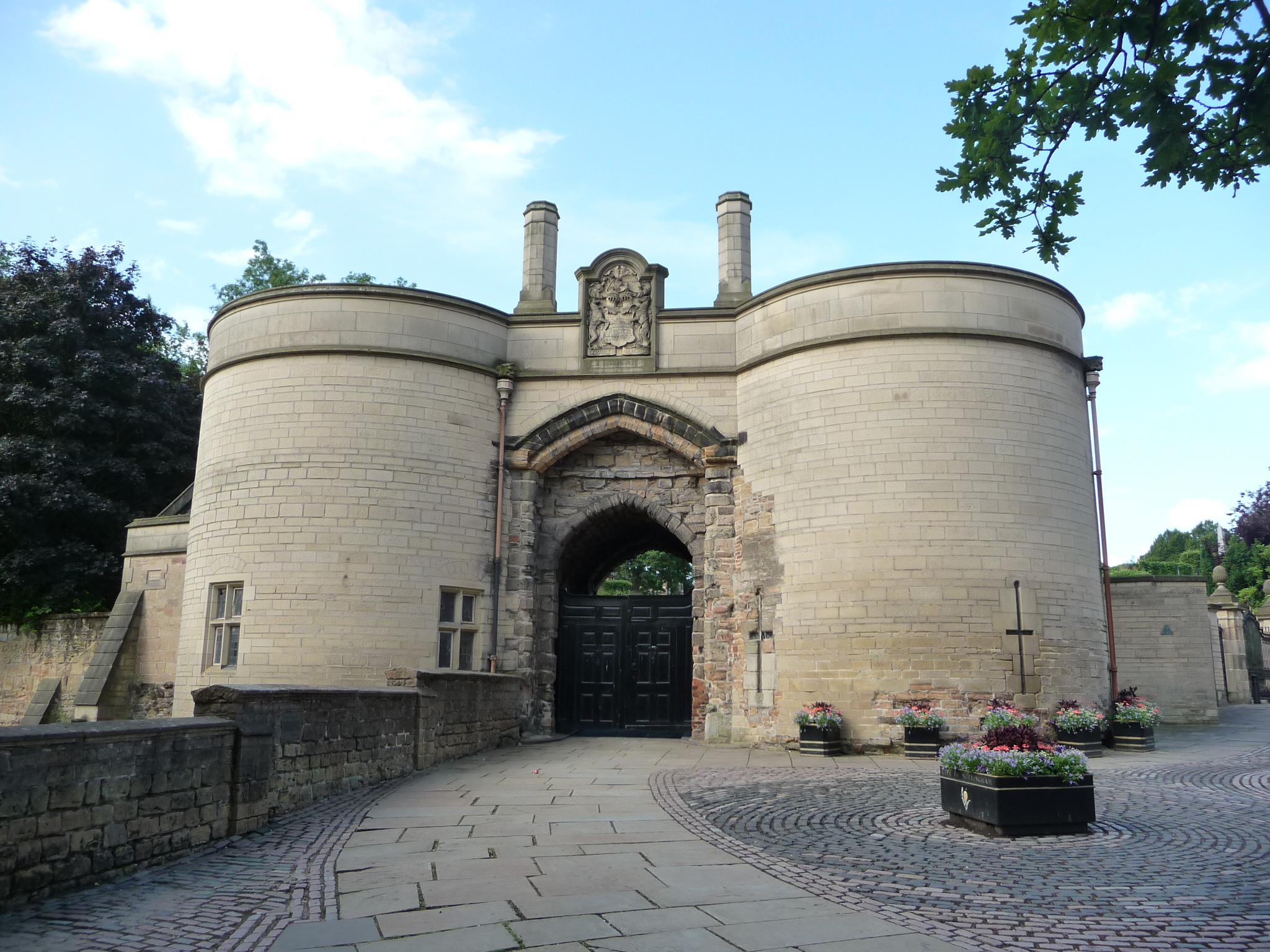
The first Nottingham Castle was built in 1068 by William the Conqueror as a wooden fortification to survey the strategically important River Trent. This was later replaced by an imposing stone castle in the medieval period which served as a royal palace and fortress.
As a site of military might and governance, Nottingham Castle bore witness to many significant historical events, including royal visits, sieges, and rebellions. It also became immersed in legend as the setting for tales of Robin Hood.

Nottingham Castle’s fortunes declined after the English Civil War when its military importance faded. But the castle remained a potent symbol of the city’s identity. Its fortunes turned in 1831 when protest riots led to the castle being ransacked and largely ruined by fire.
After decades of neglect, efforts to restore and redevelop Nottingham Castle began in the late 19th century. Its remarkable transformation culminated in 2021 with the completed multimillion-pound project to convert it into a cultural hub and tourist attraction.
The Burning of Nottingham Castle
In 1831, Nottingham Castle suffered a devastating fire that destroyed much of the medieval structure. This occurred during a period of intense political turmoil in Britain. Earlier that year, the House of Lords had rejected the Reform Bill, which sought to extend voting rights to more people. This sparked outrage and riots broke out across the country, including in Nottingham. On 10th October 1831, protesters gathered outside Nottingham Castle and a violent mob soon formed.

The rioters were intent on destruction and gaining access to the castle armoury. Though warning shots were fired, the crowd could not be dispersed. Protesters breached the castle gates and began setting fire to the buildings within the grounds. The flames rapidly spread and most of Nottingham Castle was burnt to ruins. Only the external walls survived. In the aftermath, the damaged castle was left abandoned and derelict for decades. The dramatic burning of Nottingham Castle was a symbol of the deep divides within Britain at the time. It also marked the end of the castle’s use as an active royal fortress.
Nottingham Castle Today
With its recent redevelopment now complete, Nottingham Castle serves as a vibrant cultural hub and popular tourist attraction. The castle houses multiple galleries and public exhibition spaces, showcasing art, history and archaeology. The castle caves have also been restored, offering an insight into the medieval tunnels beneath the grounds. New spaces provide opportunities for educational and community events throughout the year. Refreshments are available in the modern cafe and gift shop. Striking architectural features like the imposing gatehouse and the stately Lodge have been revitalised.
Surrounding the buildings are beautifully landscaped gardens that can be explored. Panoramic views across the city of Nottingham can be enjoyed from the castle’s vantage point on the hilltop site. The castle is now once again a source of pride, identity and enjoyment for the people of Nottingham and a highlight for visitors to the city. More than just a preserved relic, it has been reborn as a dynamic cultural venue for the 21st century.
How to find Nottingham Castle
Places to stay
Related Articles
The Middle Ages in England
The Middle Ages in England span from around 500-1500 AD, covering over 1000 years of English history.
Uncovering the Hidden Histories of England and Wales’ Overlooked Castles
Many lesser-known castles around England and Wales have their own unique histories that are fascinating to uncover.
5 Facts About the Tower of London
Discover the rich history and secrets with these 5 fascinating facts about the Tower of London, a symbol of royal power and intrigue for centuries.





